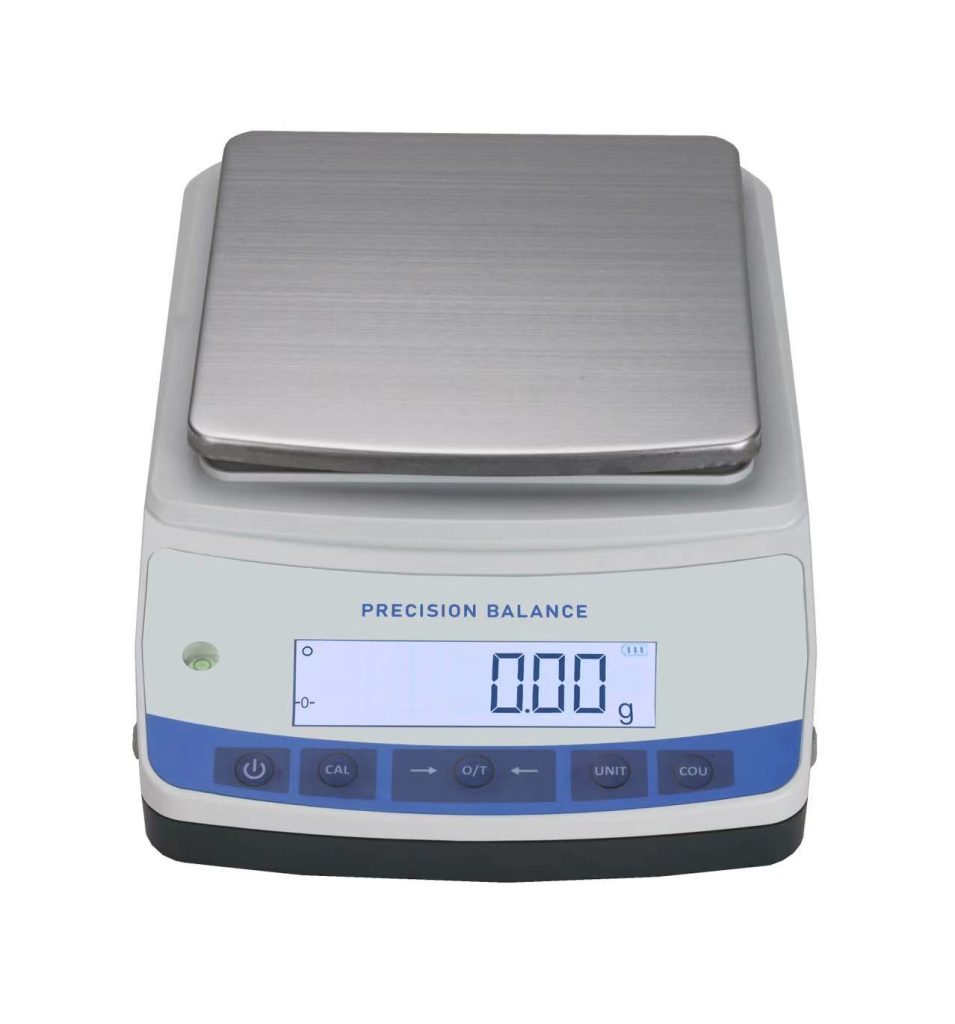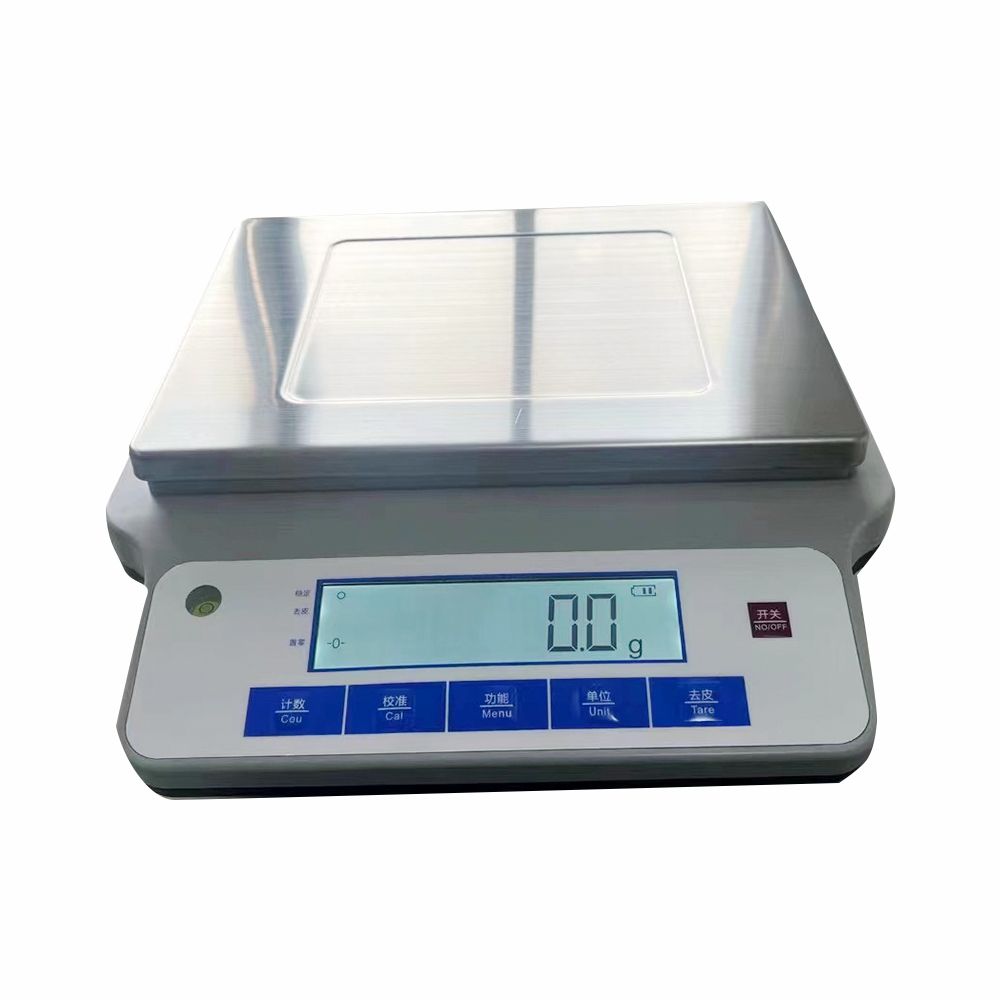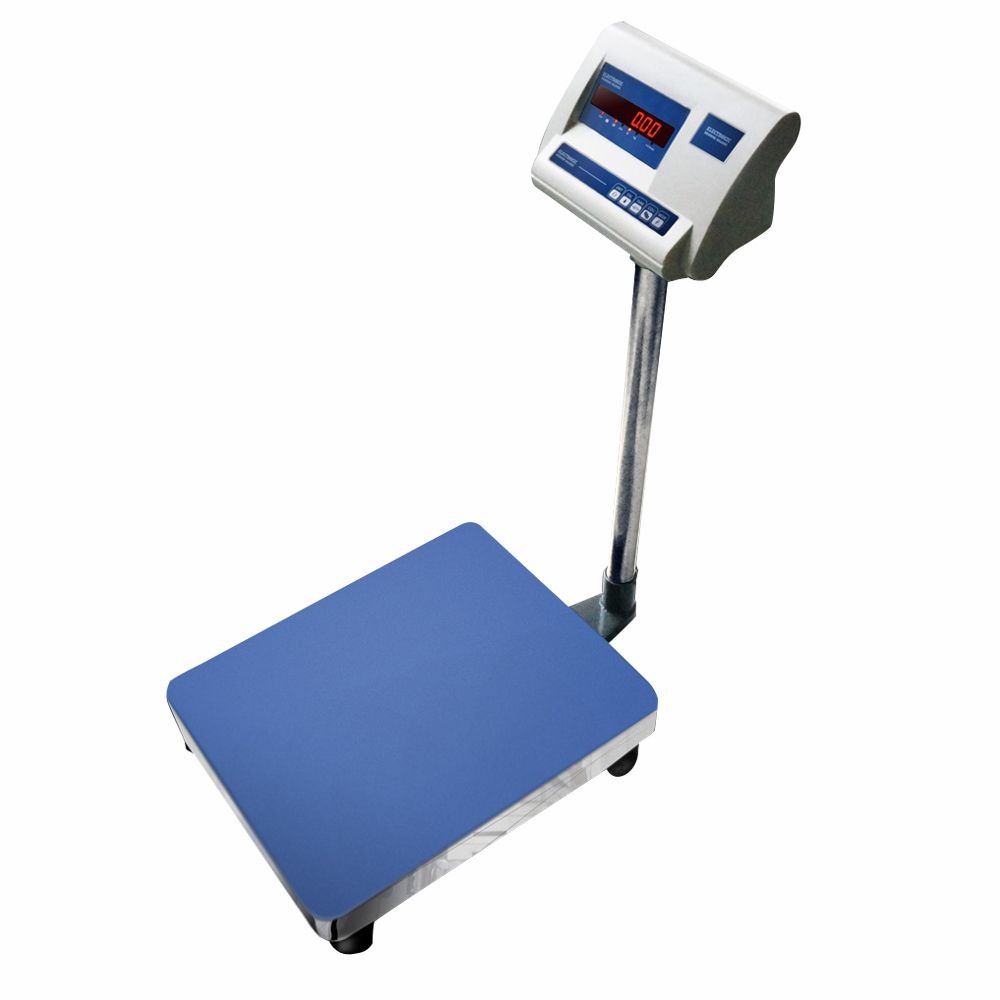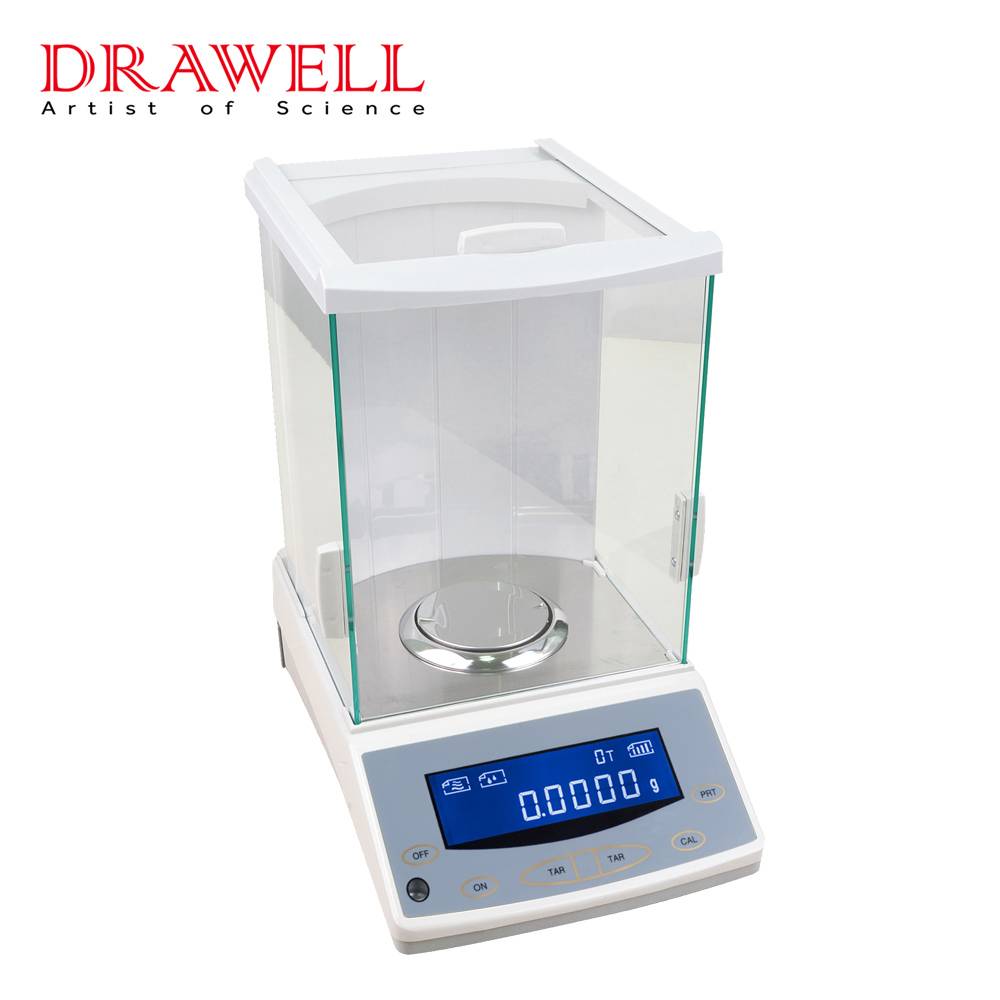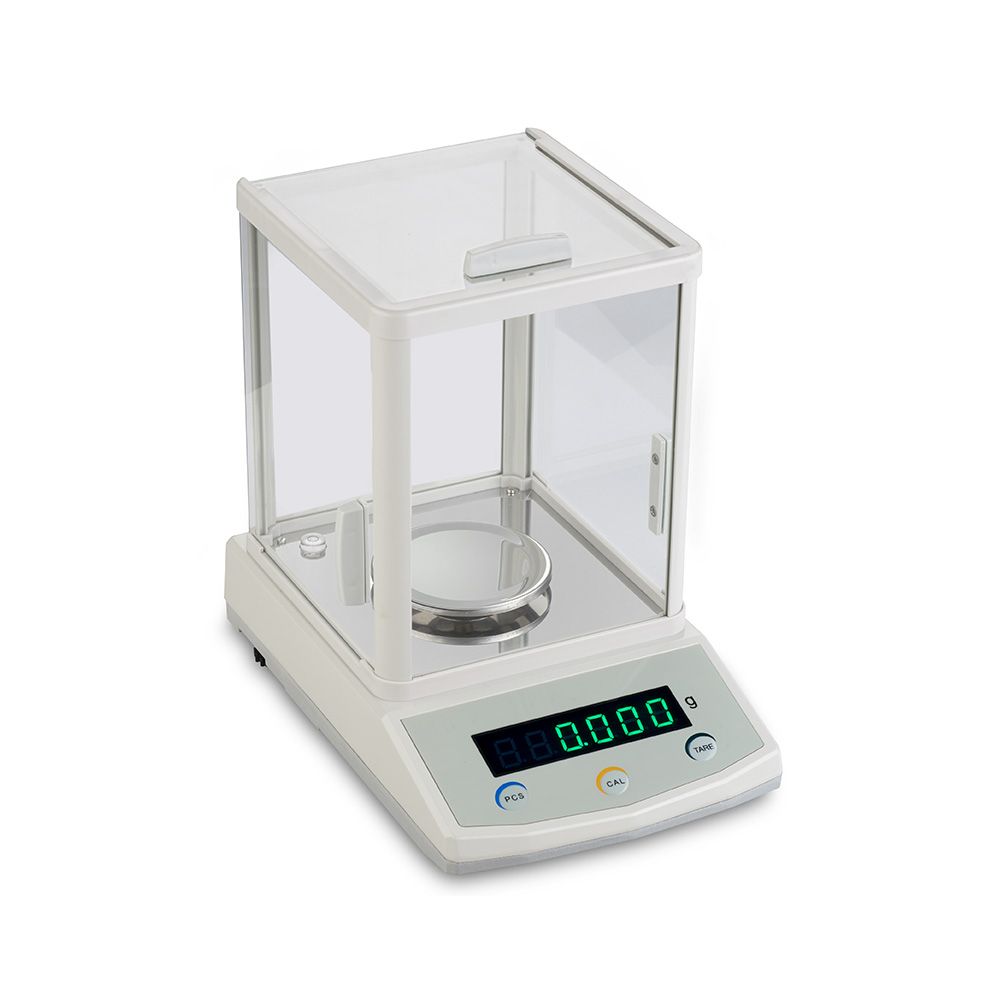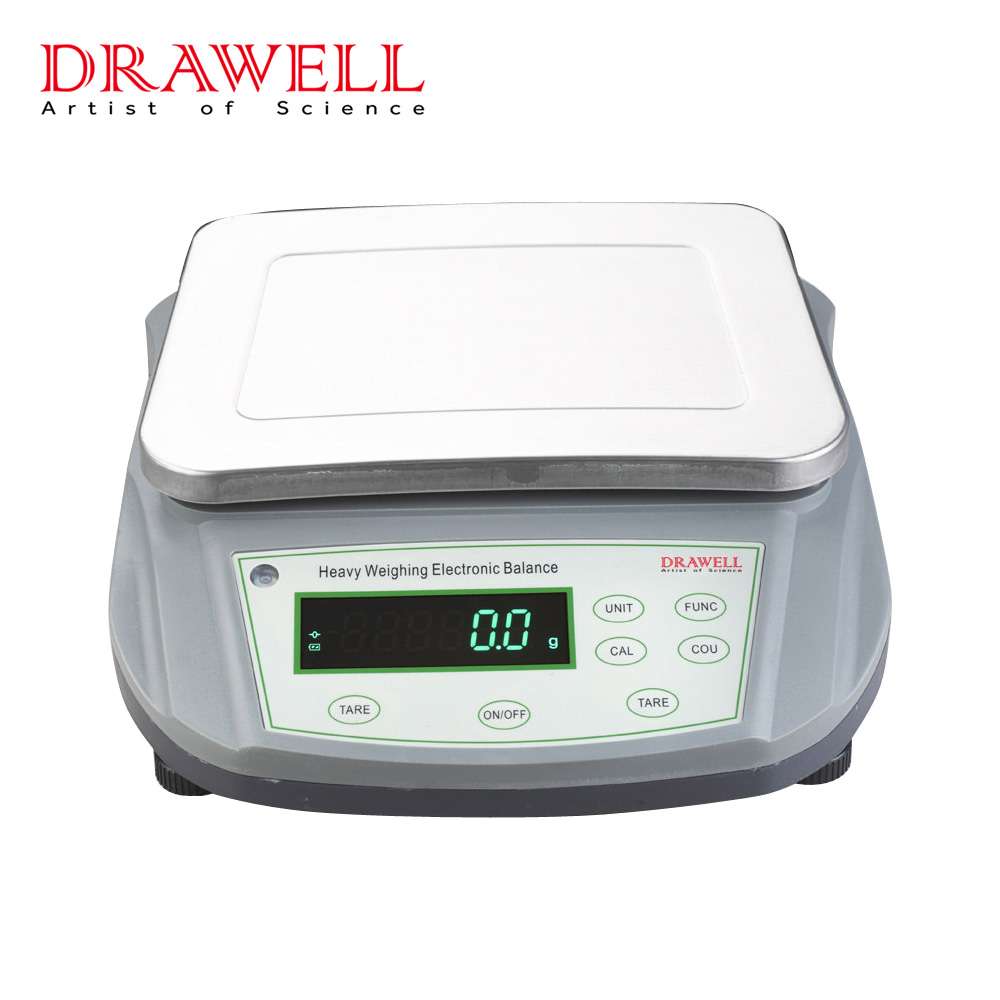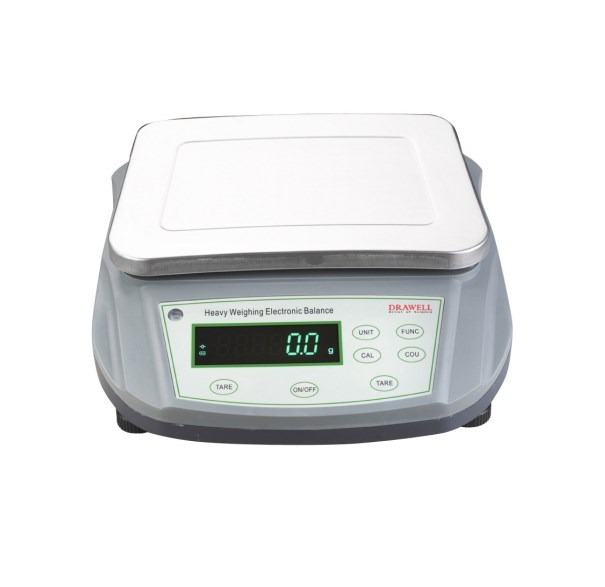Analytical balances are essential laboratory instruments that play a critical role in achieving accurate and precise measurements. Regular calibration of these balances is required to ensure the dependability of analytical results. Analytical balance calibration entails adjusting the instrument to ensure accuracy, sensitivity, and repeatability. This article explores the importance of calibrating analytical balance and provides a step-by-step guide on how to perform this critical task.
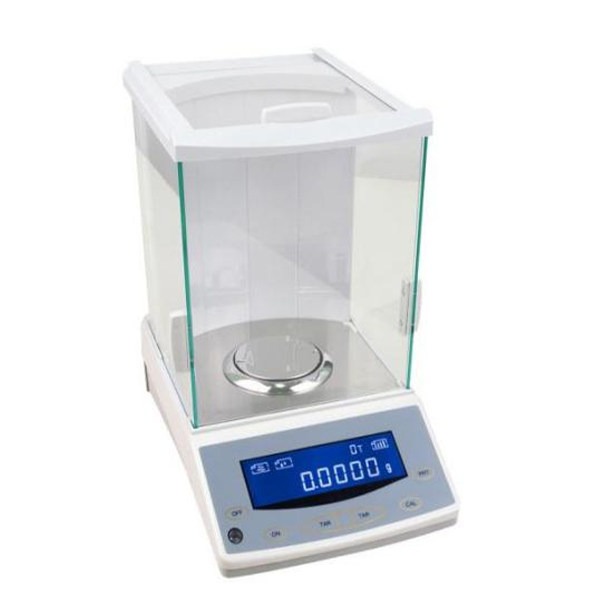
Why Calibrating Analytical Balance is Important?
1. Accuracy and Precision
Analytical balances are intended to measure mass precisely and accurately. Calibration ensures that the balance produces reliable and consistent results, reducing measurement errors.
2. Compliance with Standards
Laboratories are frequently subjected to stringent quality control standards. Calibration on a regular basis helps ensure that analytical balances meet industry and regulatory standards, fostering trust in the reliability of experimental results.
3. Traceability
Traceability is established by calibrating balances, which connects the instrument’s measurements to a recognized reference standard. This traceability is essential for maintaining the integrity of scientific experiments and meeting quality assurance requirements.
4. Long-Term Stability
Over time, analytical balances can experience drift or changes in performance. Calibration allows for the detection and correction of these changes, promoting long-term stability and performance consistency.
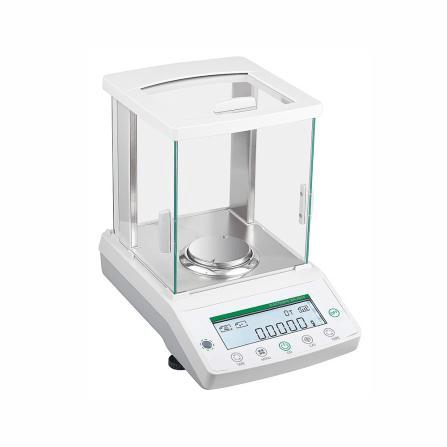
What is A Step-by-Step Guide to Calibrating Analytical Balance?
Calibrating an analytical balance is a systematic procedure that ensures measurement accuracy and precision. For specific instructions on calibrating your analytical balance, always refer to the manufacturer’s guidelines and user manual, as procedures may differ between different models.
1. Preparation
Clean the Balance: Make sure the balance pan and surrounding areas are clean and free of dust or contaminants that could interfere with measurements.
Stabilize Environment: Allow the equilibrium to settle in the environment where it will be used. Because temperature and humidity can have an effect on balance performance, allow the balance to acclimate before calibrating.
2. External Checks
Eliminate Interference: To ensure accurate measurements, keep sources of vibration, drafts, and electromagnetic interference away from the balance.
3. Zero Calibration
Ensure No Load on the Pan: On the balance, place an empty weighing pan.
Zero the Balance: Press the tare or zero button to set the balance reading to zero.
Stabilization: Allow the balance to stabilize, ensuring that the reading remains constant at zero.
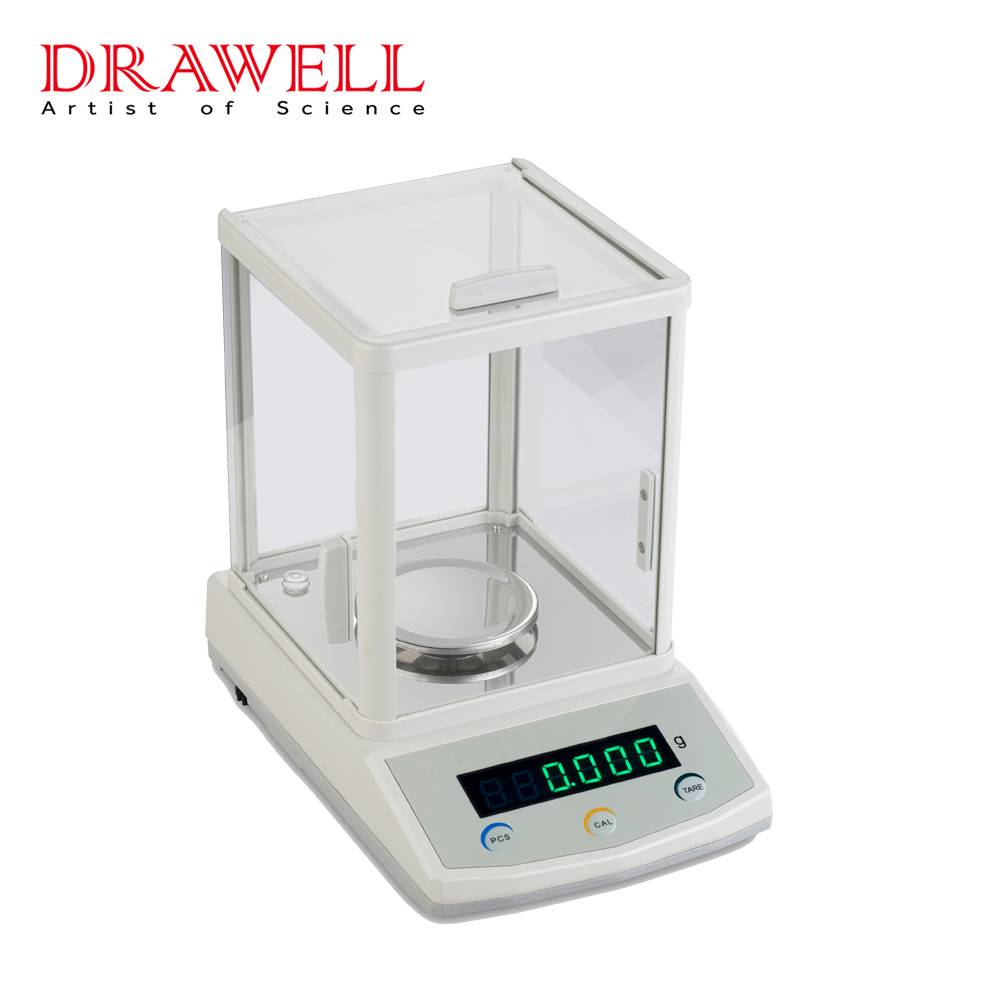
4. Span Calibration
Use Standard Weights: On the balance pan, place calibrated weights of known mass. Make sure the weights are clean and free of contaminants.
Record Readings: Record the balance readings with the known masses. Compare the readings to the expected values.
Adjust if Necessary: If there are discrepancies, adjust the balance following the manufacturer’s instructions until the readings match the expected values.
5. Linearity Check
Apply Different Weights: Test the balance across its entire measurement range by applying weights of varying masses.
Record Readings: Keep track of the readings for each applied weight. Check that the balance readings have a linear relationship with the applied masses.
6. Repeatability Test
Use the Same Mass: Weigh a standard mass multiple times to assess the repeatability of the balance.
Record Readings: Keep track of each reading and look for consistency. The readings should be within an acceptable range and close to each other.
7. Documentation:
Record Calibration Data: Document all calibration data, including adjustments made during the process.
Create a Calibration Log: Keep a calibration log that includes the date, details of the calibration procedure, and the signatures of those who perform the calibration.
8. Regular Maintenance
Implement Routine Checks: Establish a regular maintenance schedule to inspect and clean the balance to ensure it is in good working order between calibrations.

Conclusion
Calibrating analytical balance is a critical aspect of ensuring the accuracy of laboratory measurements. Laboratories can ensure that their analytical balances provide accurate and precise results while meeting the highest quality and compliance standards by following a systematic calibration procedure. Calibration not only improves the reliability of experimental results, but it also increases the lifespan of analytical balances, contributing to the overall efficiency of laboratory operations.

